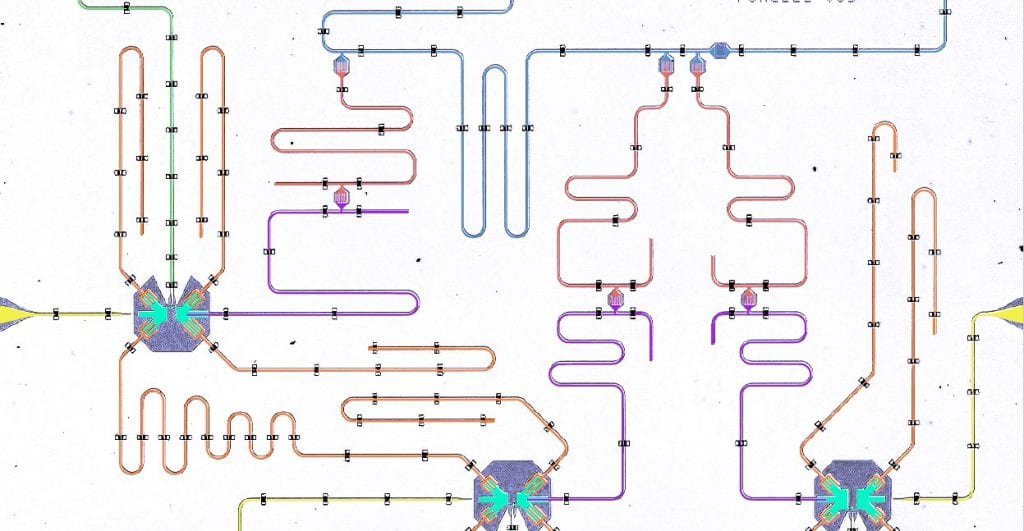31.03.2020Uncategorized
ERC Advanced Grant for Lieven Vandersypen: simulating quantum phenomena on a chip

The European Research Council has awarded an ERC Advanced Grant to Lieven Vandersypen. The grant (3.45 million euros for a 5-year program) will allow him to pursue ground-breaking ideas in the field of quantum simulations.
Aristotle’s phrase ‘The whole is greater than the sum of its parts’ applies perfectly to Lieven Vandersypen’s research on so-called ‘quantum many body systems’. In these systems, quantum particles interact with one another, leading to phenomena such as quantum magnetism and superconductivity. The complexity of these systems makes them very difficult to model on conventional computers.
Instead of using a computer, Vandersypen therefore uses a model quantum system. Vandersypen explains: “By constructing experimental model systems, we hope to get new insight into some of the biggest open problems in condensed matter physics, and to reveal new physics. A good example of the latter on a small scale is our recent observation of Nagaoka ferromagnetism, published in Nature three weeks ago.”
Vandersypen: “I am super excited to start this ERC program. It will enable me to develop this new research direction of quantum simulation in my lab.” Specifically, we aim to emulate Fermi-Hubbard physics, where interacting electrons hop through a lattice. While this setting sounds simple enough, the physics is incredibly complex and remains poorly understood. The physical model that Vandersypen uses for this quantum simulation are quantum dot arrays: very tiny islands in a semiconductor chip that can each trap one or multiple electrons and that are tunnel coupled to their neighbours. In the long term, the insights gained in this work may help address important challenges such as the design of a room-temperature superconductor, or more efficient batteries.
Special about this achievement is that it isn’t Vandersypen’s first ERC grant: in 2008 he got awarded the ERC Starting Grant, followed by the ERC Synergy Grant as a co-PI in 2012.
Visit the ERC website for more information about the ERC grants and their winners.
